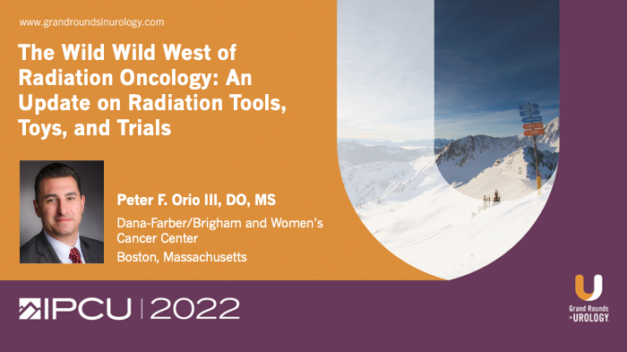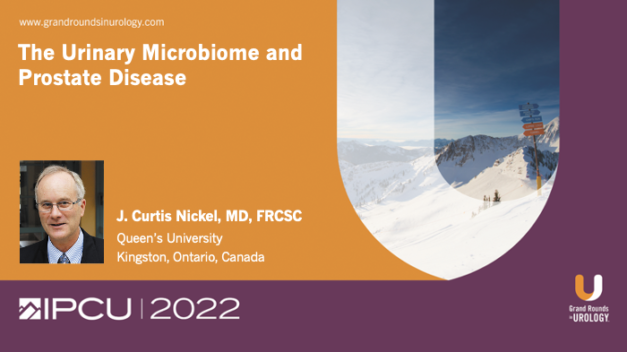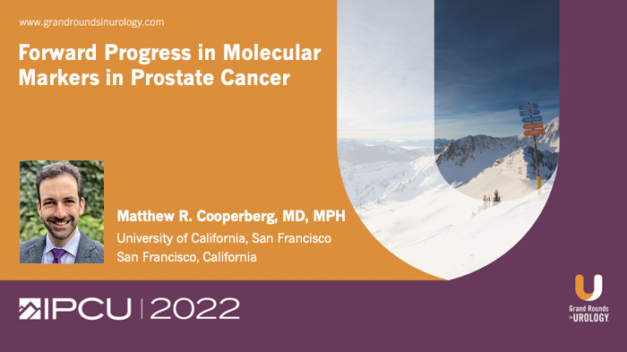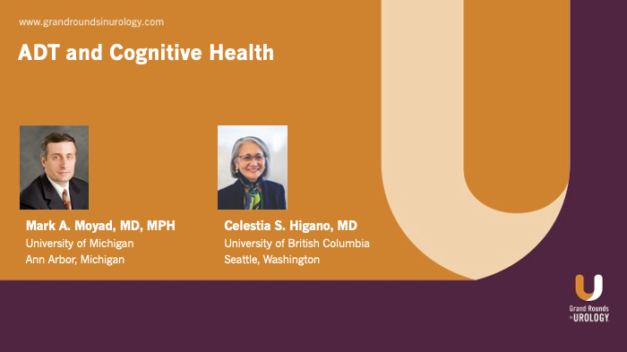The Wild, Wild West of Radiation Oncology: An Update on Radiation Tools, Toys and Trials
In this 12-minute presentation, Peter F. Orio III, DO, MS, Vice Chair of Network Operations for Dana-Farber/Brigham and Women’s Cancer Center Department of Radiation Oncology and Associate Professor of Radiation Oncology at Harvard Medical School in Boston, Massachusetts, explains prostate brachytherapy is effective, efficient, and convenient, and he says it is “the right thing to do for patients.” He sees a threat to patients posed by radiation oncology without brachytherapy and concludes by encouraging urologists to explore a broad range of treatments to maximize the benefit to patients.
Read More



